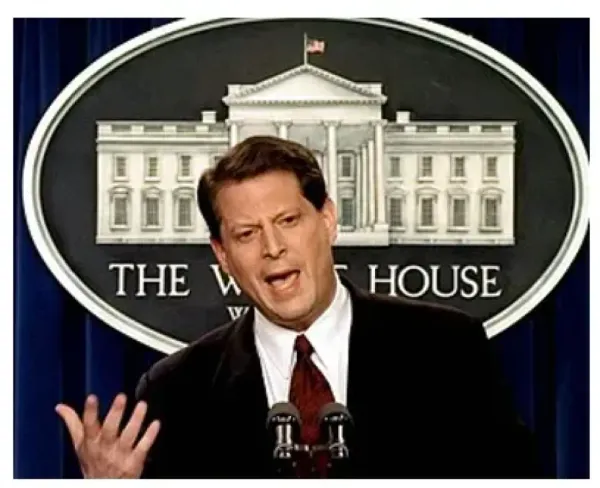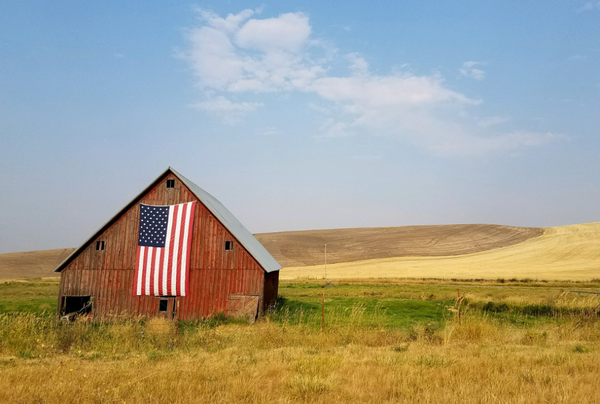Maine, New Mexico Want Starlink Part of the Mix: Balancing Trade-Offs and Concerns
Some of these locations may require $100,000 for a terrestrial wireline connection.
Karl Bode

December 14, 2024 – States wary about the restrictions and delays with looming federal broadband grants are poised to put significant taxpayer resources into Starlink and other low Earth orbit (LEO) satellite constellations. The problem: Such services often aren’t affordable, raise environmental questions, and may struggle to keep pace with consumer capacity demand.
Back in October, Maine unveiled a $5.4 million initiative to offer Starlink low Earth orbit terminals to 9,000 state residents outside the reach of broadband from existing terrestrial providers.
An estimated 9,000 locations in the state (1.5 percent of residents) have no access to broadband, mostly peppered across rural Oxford, Penobscot, and Aroostook counties.
While well intentioned, the state’s initiative immediately sparked a debate about whether Starlink is the best use of taxpayer resources.
Starlink may be part of the solution
LEO satellite broadband has understandable allure for state broadband offices tasked with showing the federal government they have a solution for every premise – household and business – in the state. Depending on geography and state, some of these locations may require $100,000 for a terrestrial wireline connection.
Many of these unserved locations may be inhabited for a few weeks a year by the wealthy or 52 weeks a year by a family barely able to afford the fuel to live there. Spending $100,000 on that household may mean tens of other households see no improvement or have to settle for worse technology. And depending on who you ask, NTIA either demands that the state actually connect that household or simply have a feasible plan to achieve that connection.
But a key obstacle to broadband adoption is the monthly cost of service. Given the $120 a month subscription cost of Starlink access (plus $350 for hardware, and potential $100 “congestion service charges”), the service doesn’t come cheap for struggling rural Americans.
Maine Connectivity Authority’s Brian Allenby recently stated Maine's 9,000 potential Starlink locations will still be eligible for the $272 million in Broadband Equity, Access, and Deployment (BEAD) grants Maine is poised to receive in the new year.
But whether LEO satellite access will be declared “good enough” for these areas in order to avoid additional funding remains an open question.
"These 9,000 are a subset of our BEAD locations. We are not taking them off the BEAD map," Allenby told Broadband Breakfast. "We would love to get fiber to as many of those locations as we can, understanding even if they were to receive a fiber award through BEAD, it's going to be a couple years."
New Mexico, similarly waiting for BEAD funding, is also requesting $70 million in state funds to help connect 95,000 locations with satellite broadband in the next two years. Such contracts would primarily benefit Elon Musk and Starlink, but RFPs would also be open to other emerging LEO satellite contractors.
New Mexico has previously estimated that its costs to bring fiber optics to everyone would require between $2.8 billion and $4 billion dollars. It is receiving $675 million through BEAD.
New Mexico’s proposed program would fund a voucher program for satellite broadband equipment, given the high cost of broadband entry. Unlike Maine, state leaders also hope to include a $30 monthly subsidy for low-income households to lower monthly subscription costs, assuming the proposal is approved by the state legislature.
States handing out terminals and potentially striking contracts to put a floor on delivered speeds and prevent additional charges may blunt some affordability challenges but not all. At the same time, many of these households are likely already paying more than $100 per month for far worse service from geostationary last-generation satellite services like Viasat or HughestNet.
The problem with LEO satellite broadband
Some broadband is better than no broadband, and Starlink is a great option for those out of the reach of traditional options - if they can afford it.
But there’s other factors that raise questions about whether Starlink is the best use of taxpayer resources. Chief among them being the limited satellite capacity that makes the service incapable of scaling to meet the full capacity demands of unserved Americans.
Though Starlink is serving millions of locations across the U.S. and has capacity for more, it is not clear that every location that wants service in Maine and New Mexico could be supported by the current or future constellation.
Starlink has imposed lengthy waiting lists in areas with higher demand, and has told many potential customers service is sold out in their area.
To be clear, while Starlink may be able to serve many millions of people distributed fairly evenly across the United States, it may not be able to simultaneously service thousands of rural homes that are comparatively close to each other in rural Maine; either due to congestion within the visible satellites at any given time, or at the ground stations serving them.
Even with the full planned capacity of 42,000 Starlink satellites, analysts for years have expressed concerns that the service lacks the capacity to scale, strained further by the service’s expansions into arenas like in-flight broadband access partnerships with major airlines. Starlink also faces numerous potential logistical hurdles to a timely expansion of its network.
As Starlink capacity is constrained by demand, slowdowns have increasingly occurred. As the problem gets worse, Starlink will need to resort to greater and greater tricks to manage network load, ranging from extra surcharges for users in congested areas, the throttling of HD and 4K video and big downloads, or more heavy handed network management tricks.
Starlink also poses more than a few environmental concerns not present with traditional fiber or 5G technologies. Most notably the ongoing harm satellite constellations are causing to astronomical research, as well Ozone layer depletion caused by a rotating parade of disposable LEO satellites continually burning up upon orbit re-entry. Some of these issues may be resolvable and some may prove more resistant to fixes.
Then there’s the unreliability of Musk himself, and putting billions of taxpayer dollars into a system run by a man increasingly consumed by conspiracy theories. Federal contractors are also required to maintain a drug free work environment, and Musk’s recreational drug use has worried board members and executives at several of his companies.
If states are interested in ensuring the best possible allocation and outcome from an historic influx of taxpayer broadband subsidies, these are all factors that will likely come under consideration by the relevant officials.
A mad dash for billions in taxpayer cash
If you recall, Starlink attempted to receive about $886 million in taxpayer subsidies under the Federal Communications Commission's Rural Digital Opportunity Fund (RDOF) to bring LEO satellite service.
The Biden FCC walked back many of those subsidies, arguing that they were concerned that the increasingly congested service wasn’t capable of reliably delivering 100 megabits per second (Mbps) over the longer haul.
Moreover, the Biden FCC made it clear it would prefer to prioritize the funding of more reliable fiber, 5G, and fixed wireless infrastructure.
The ruling resulted in no limit of complaints by Republicans and Musk, who claimed numerous government inquiries were unfairly targeting the billionaire.
Incoming Trump FCC Chairman Brendan Carr says it’s likely not possible to reinstate Musk’s lost RDOF subsidies, but Republicans have been making it extremely clear they hope to redirect state BEAD funding toward Starlink wherever possible, apparently unaware of the technology’s potential capacity, affordability, or environmental constraints.
Whether it is states – who may see no alternative to pushing deeply remote households toward Starlink – or politicians seeking favor from Musk and preferring private solutions to government investment, it appears more government entities will likely be striking deals with Starlink.
A version of this article was originally published on the website of the Institute for Local Self Reliance's Community Broadband Networks Initiative on Dec. 12, 2024, and is republished with permission.










Member discussion